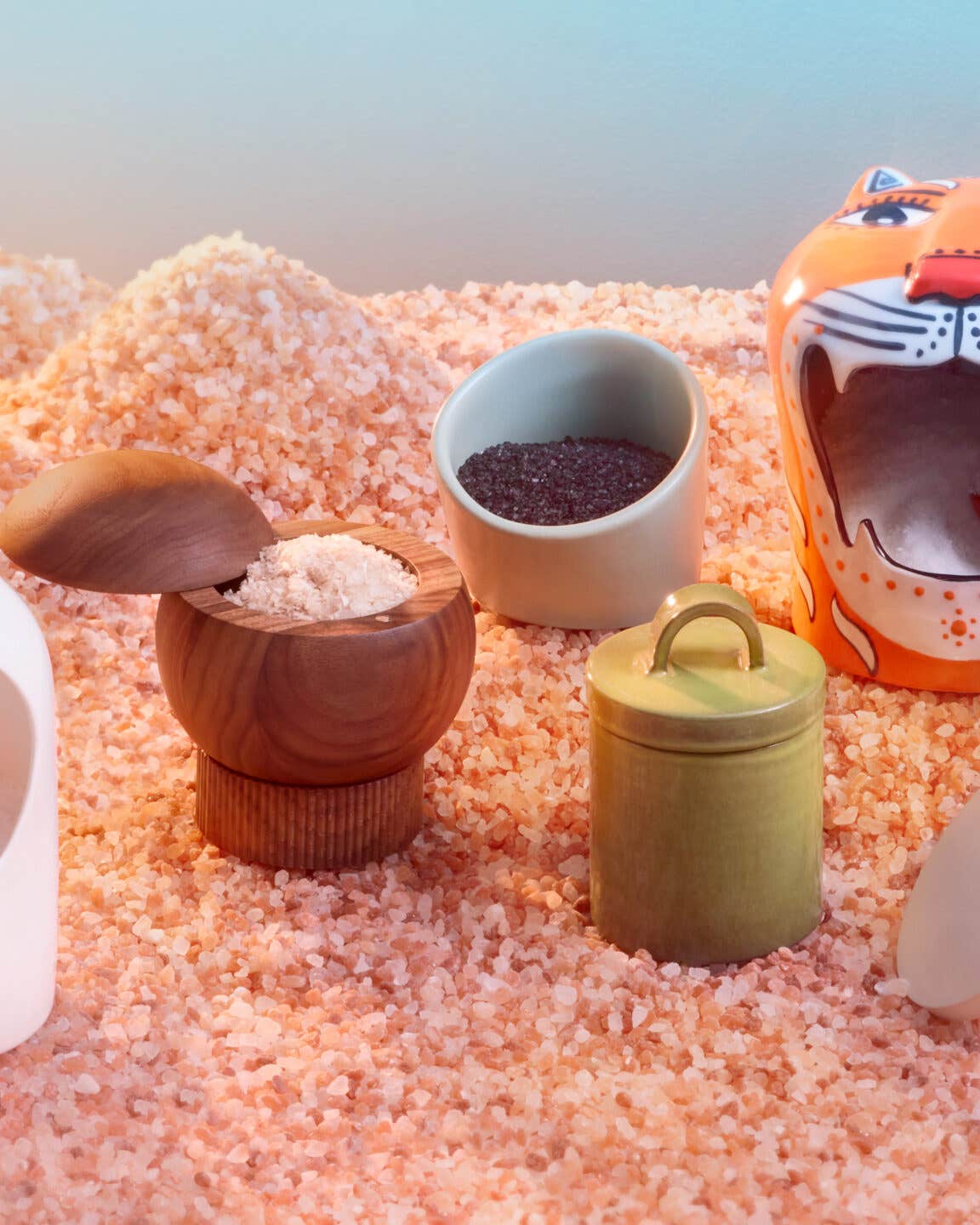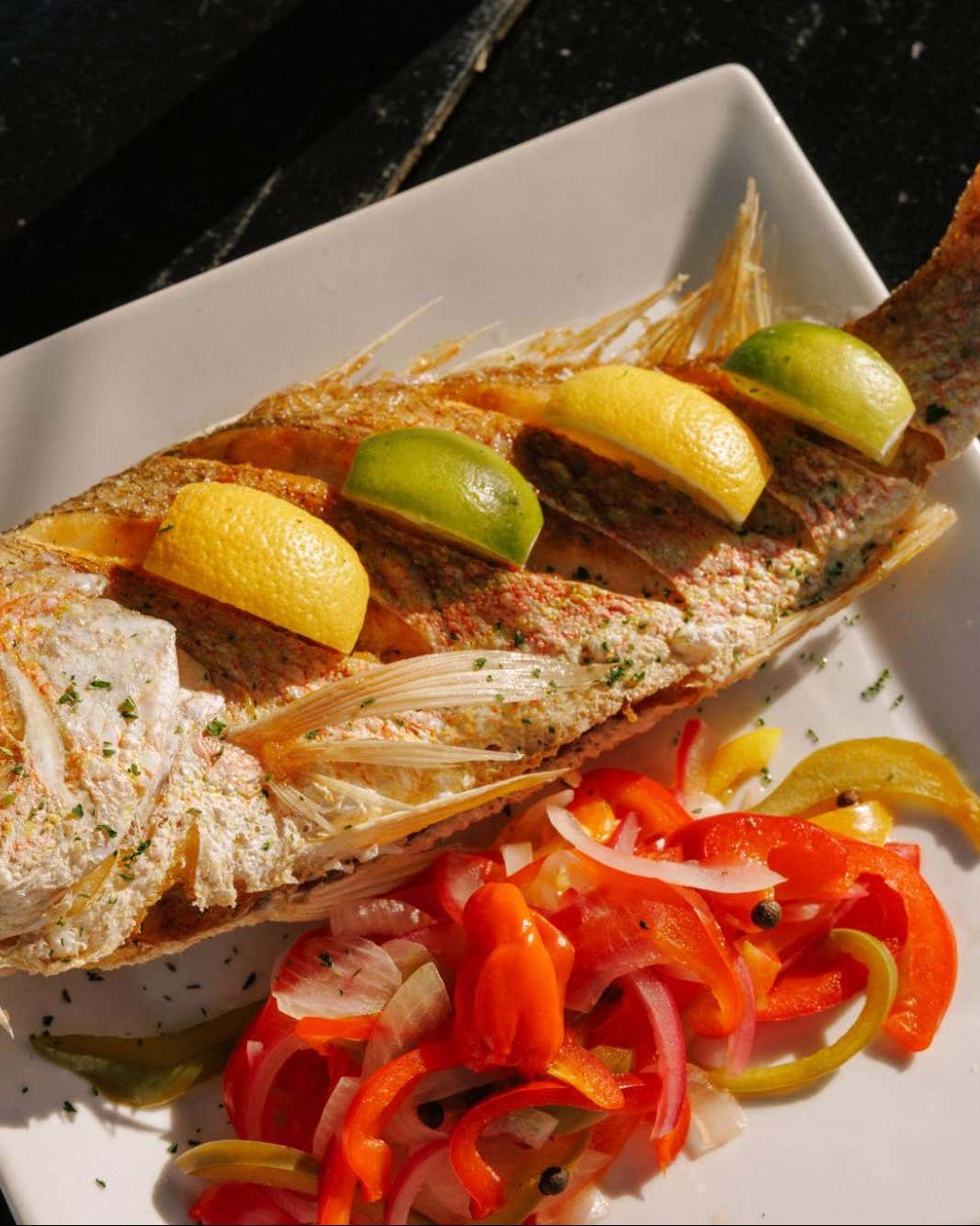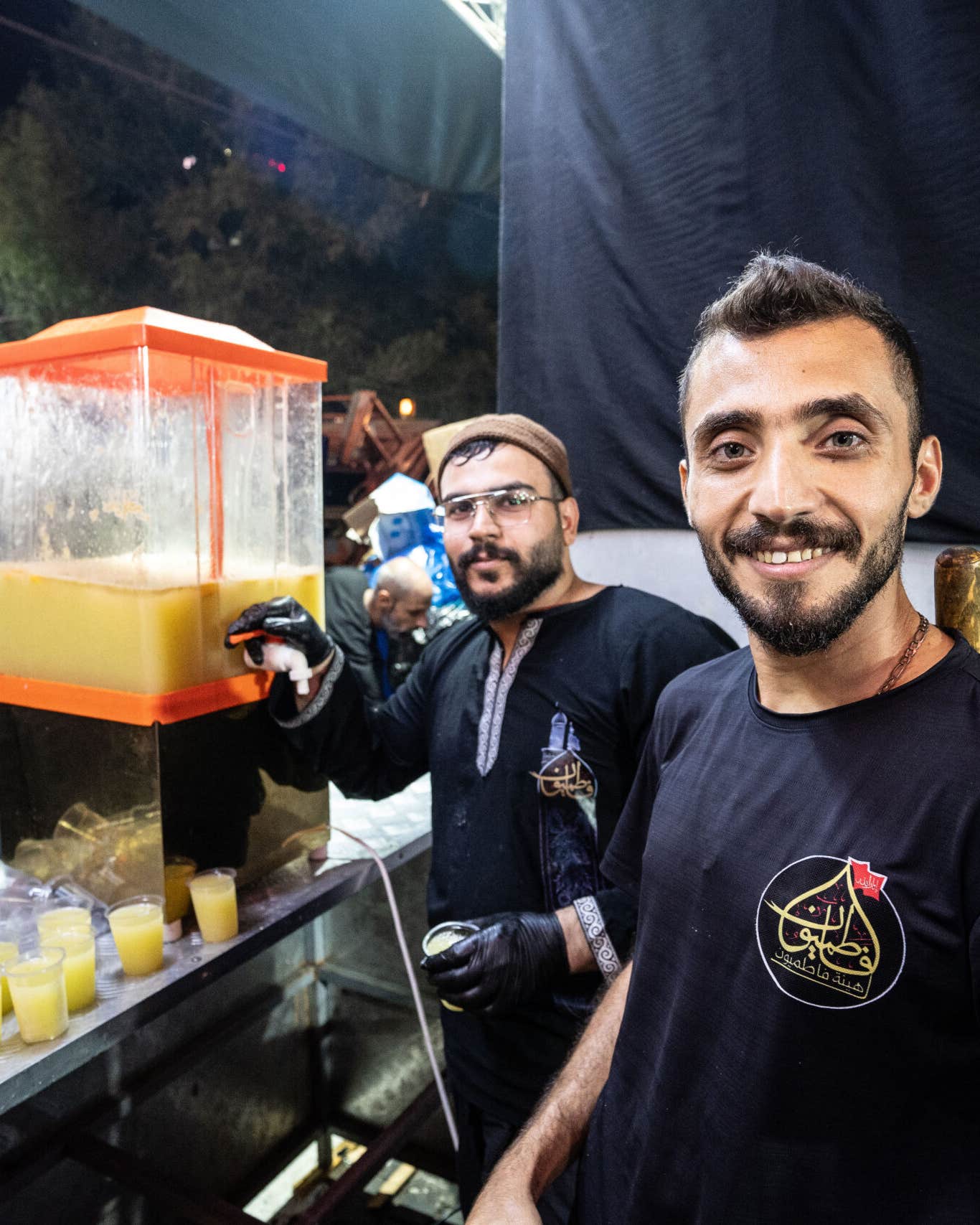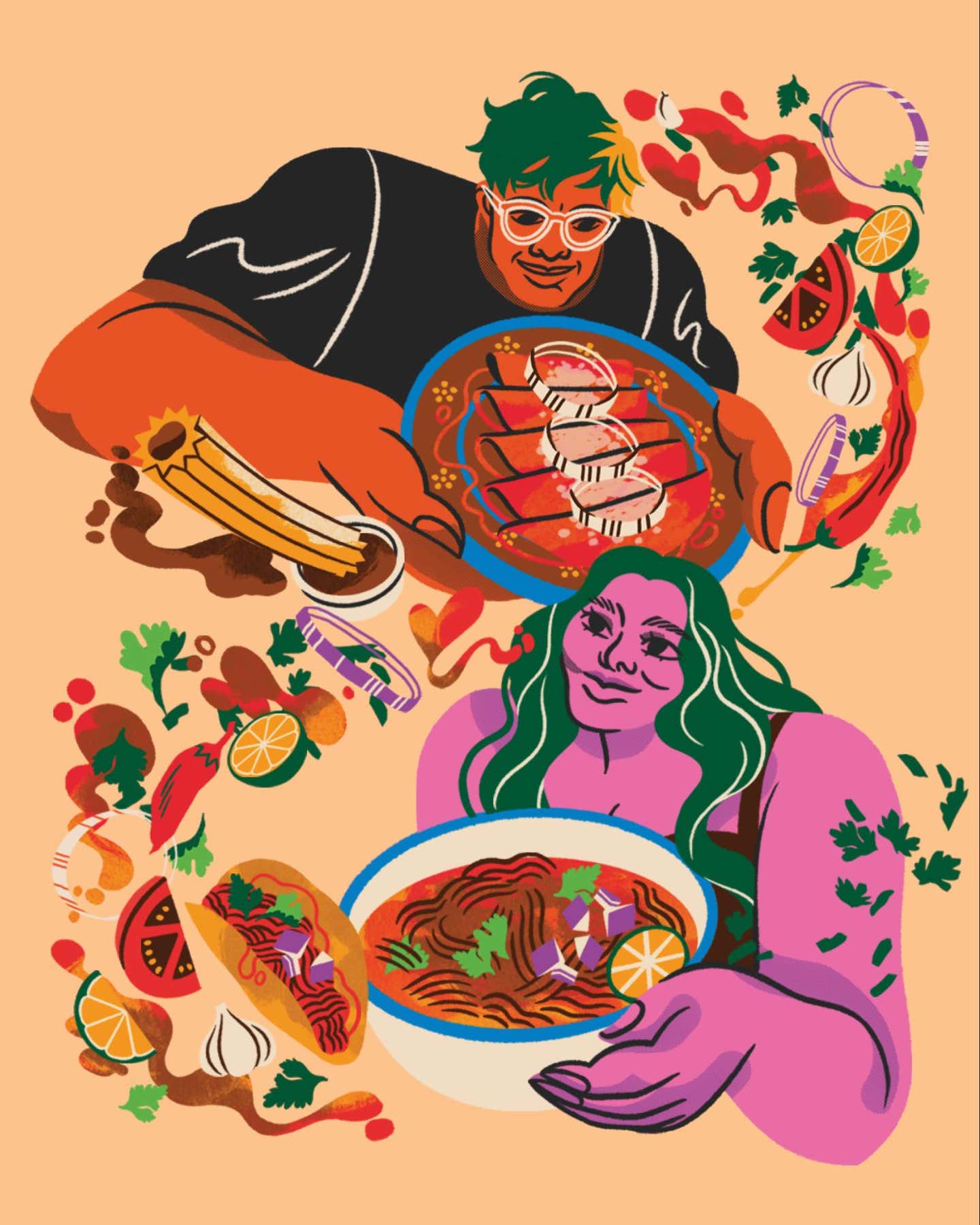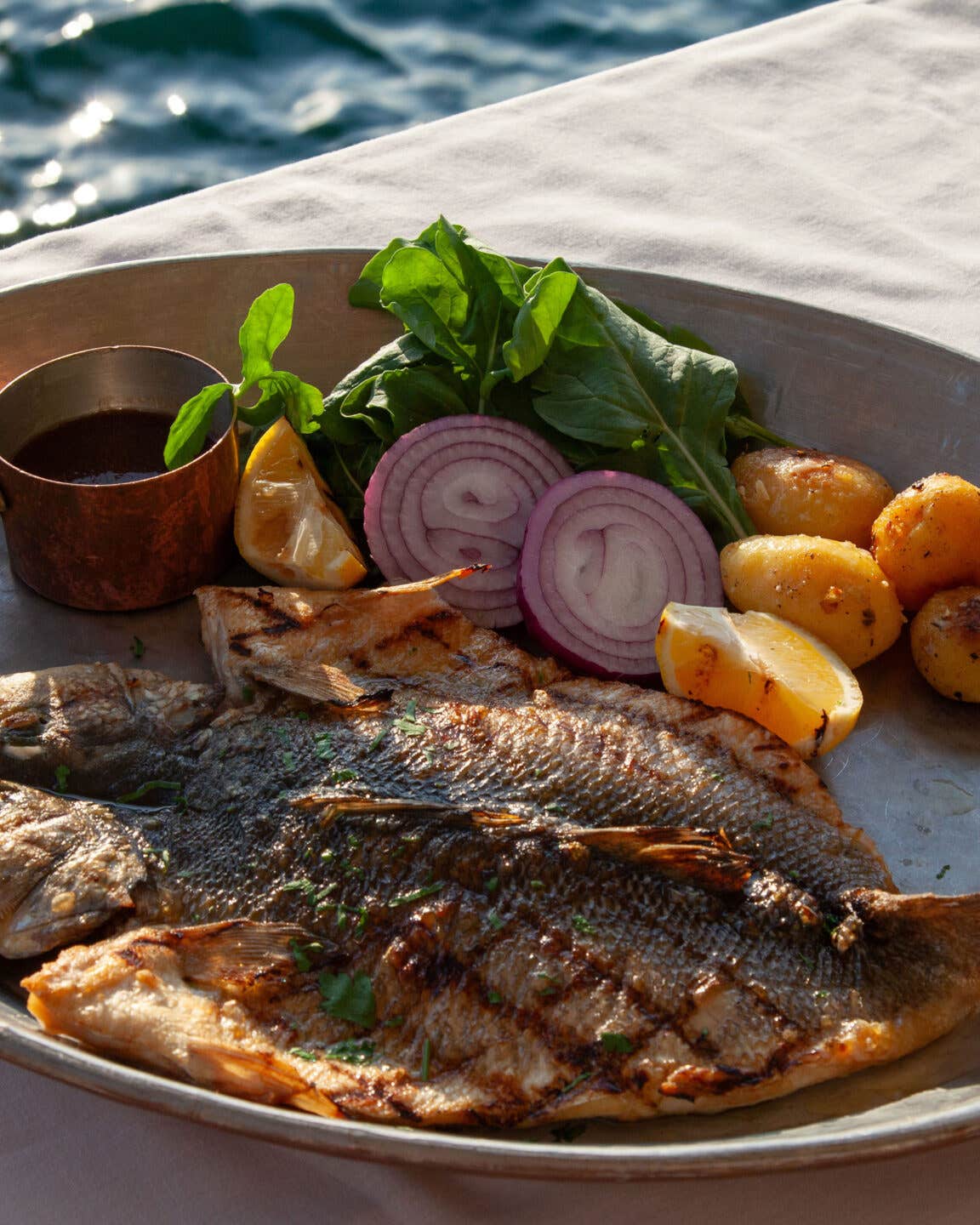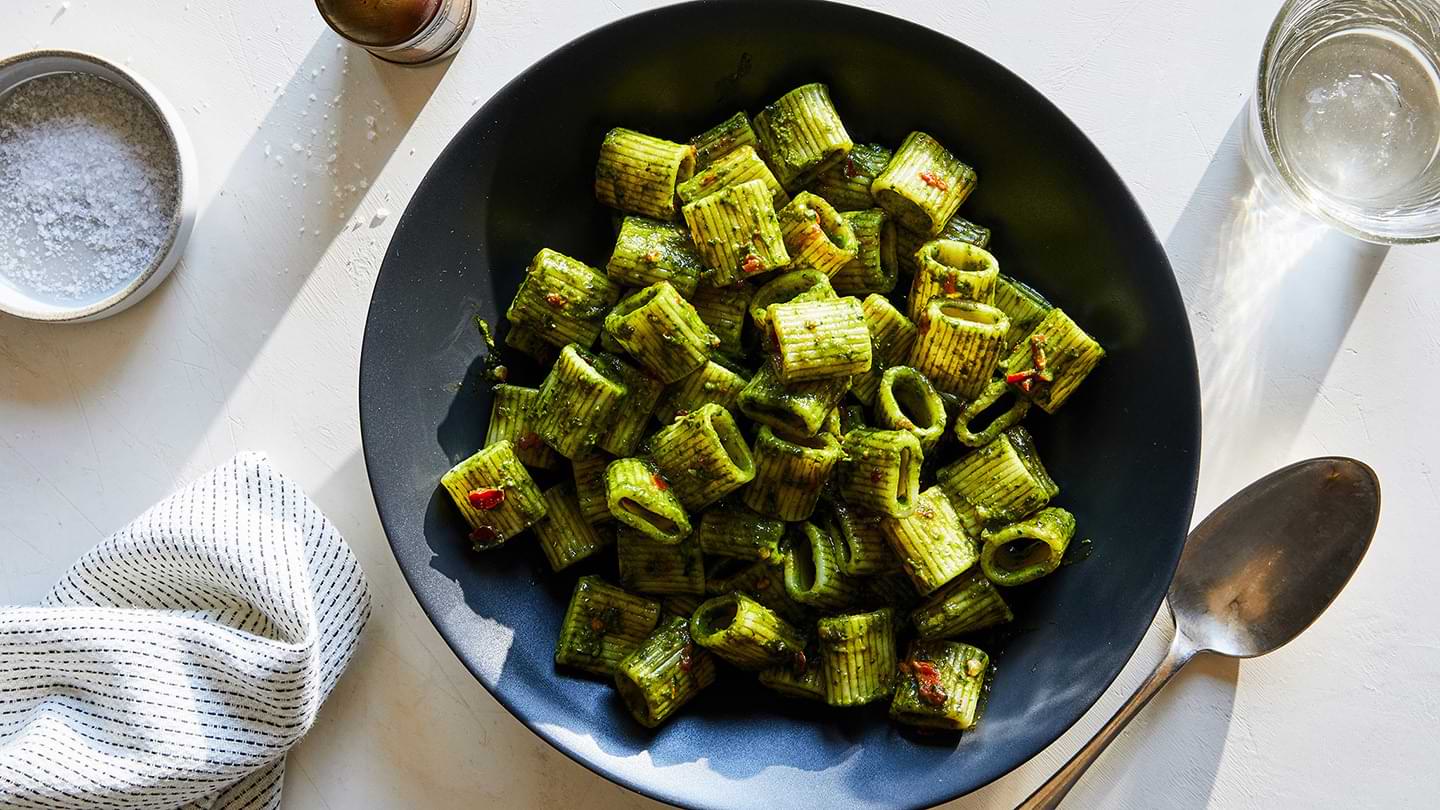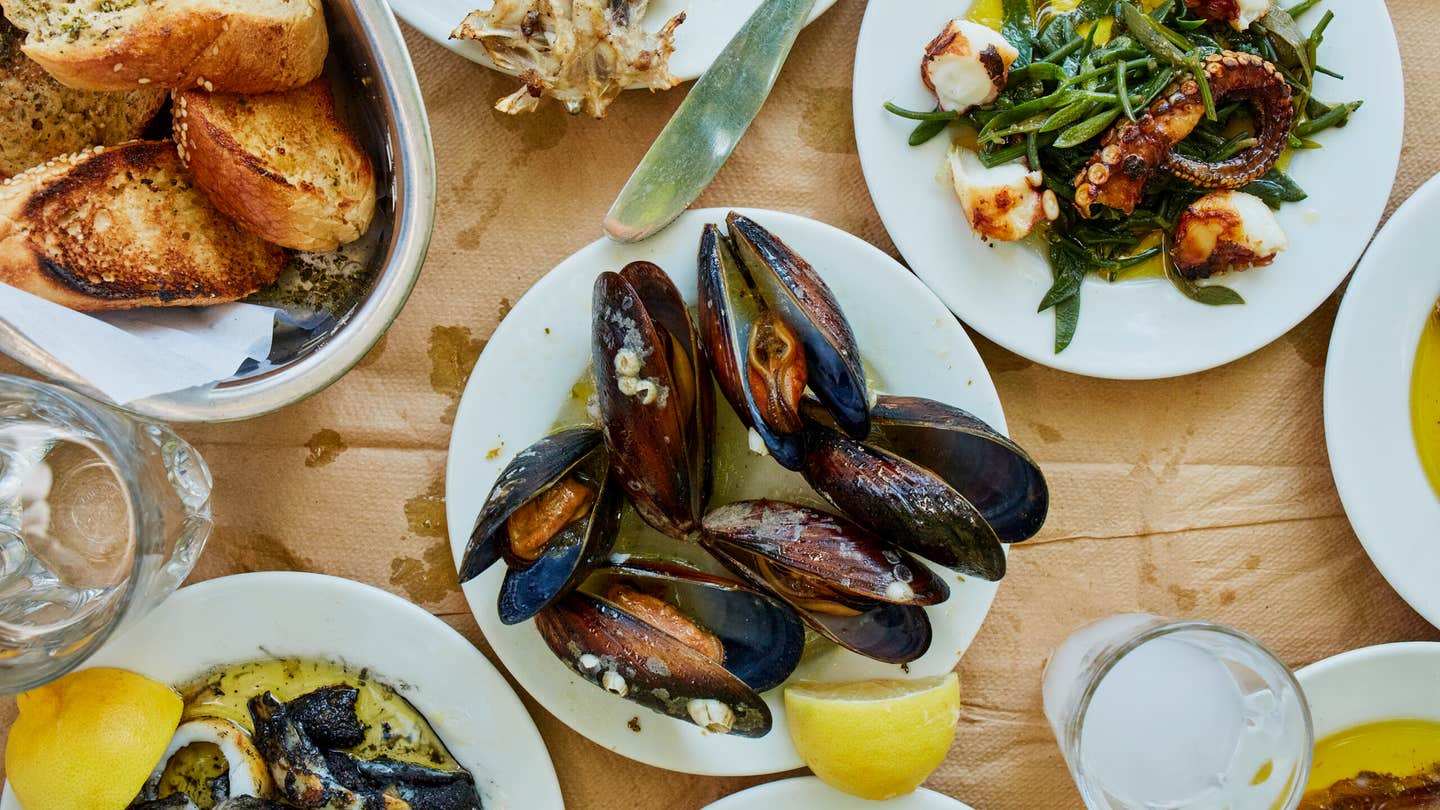
At These Greek Taverns, Order a Drink, and the Rest Will Follow
A glass of tsipouro, the country’s national spirit, is the doorway to an endless array of seafood-centric meze.
This piece originally appeared in SAVEUR’s Spring/Summer 2025 issue. See more stories from Issue 204 here.
Passing through central Greece, an outsider could be forgiven for not stopping in Volos. Situated along the Aegean coast of Thessaly province, the industrial city is a grindingly monotonous patchwork of concrete block buildings; everything of historical interest was leveled during a series of devastating earthquakes in the 1950s. Yet, among Greeks, Volos is rightfully celebrated. To miss it would be to miss one of the Mediterranean’s finest culinary traditions: the tsipouradiko.
A tsipouradiko, literally, is a place that serves tsipouro, the colorless Greek brandy distilled from grape pomace: the skins, seeds, and stems leftover from wine production. First distilled by the Orthodox monks of Mount Athos over 500 years ago, the spirit is intimately tied to ancient Greek winemaking traditions and is the country’s most varied and cherished distillate, from which others—including ouzo—descend. At these taverns, tsipouro, often made locally, is served over ice either from a communal bottle known as the mostro or from individual mini bottles, like the nips typically found on airplanes and in hotel minibars.
When the tsipouradiko server comes to your table, there’s only one question that matters: “With or without?” Would you like your tsipouro infused with aniseed and botanicals or plain? There is no wrong answer, and responding sets in motion an endless sequence of shareable mezes, “gifts” sent out at the whim of the kitchen. Your only responsibility is to keep drinking.
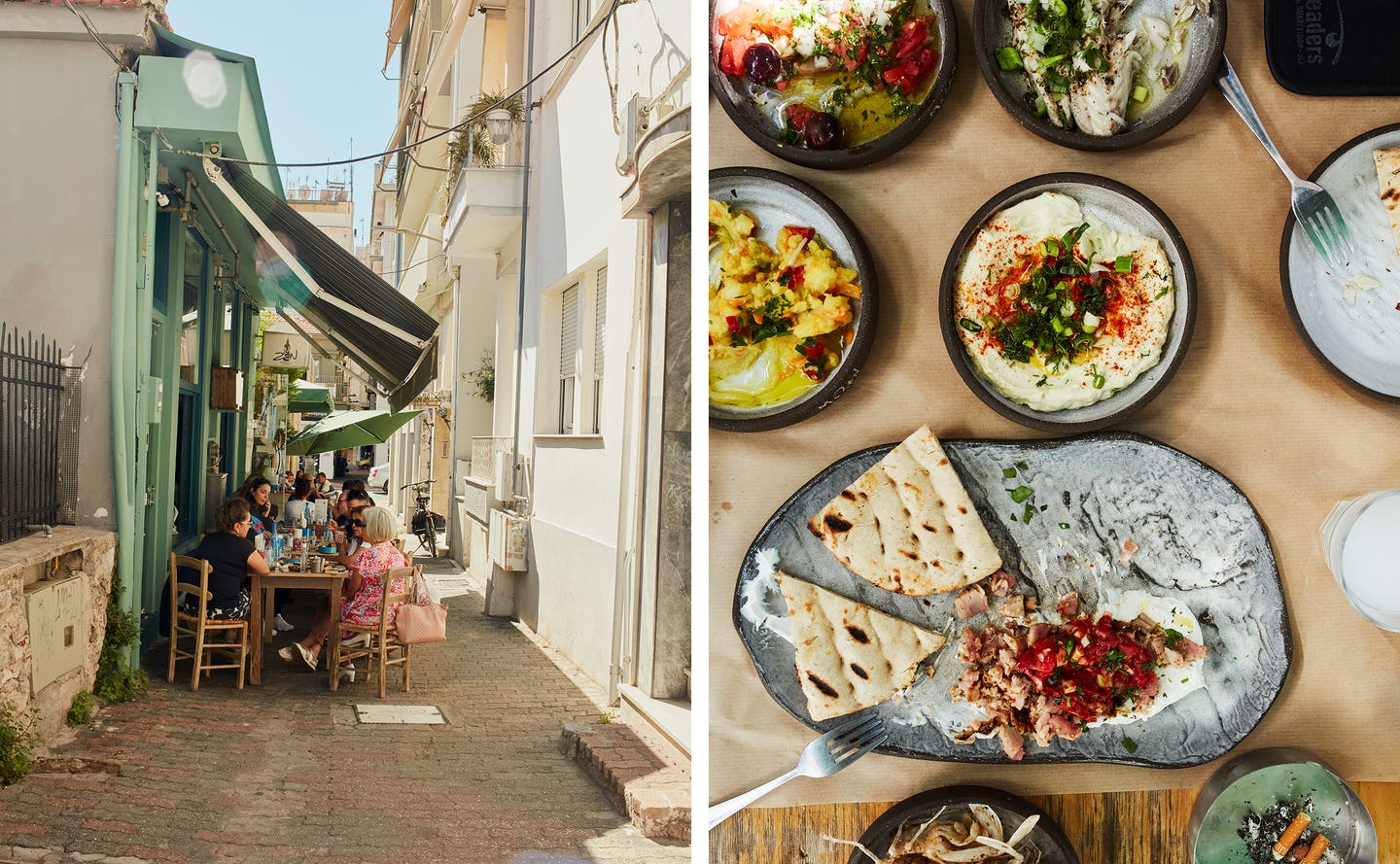
I have come to Volos from my home in Athens to learn how to navigate this mysterious terrain. Drinking and dining at a tsipouradiko, let alone several of them, is not something one can do solo, so I brought along my wife—a seasoned diplomat and tolerant partner—for moral, linguistic, and digestive support. I decided to start where the phenomenon first began: in the working-class neighborhood of Nea Ionia, which once housed Volos’ large population of displaced Greek Anatolian refugees.
Once we sit down at Demiris Traditional Tsipouradiko, a family-run establishment with a neighborhood feel, the server presents us with a menu. Perusing it is tempting, but it’s only a test; those in the know order only drinks and let the house take care of the rest. Typically, patrons receive at least one meze per serving of tsipouro, and more in the initial round. Your first tsipouro should never be your last.
We order two measures of the house tsipouro—one “with” and one “without.” While owner Dimitris Demiris sits at a desk by the kitchen, his son Nakos brings us two diminutive, unmarked bottles along with water and an ice bucket. The tsipouro is sweet and floral, a harmonizing foil for the smoked mackerel, pickled peppers, grilled sardines, and taramosalata that follow. While tsipouradika are found all over Thessaly, the ones in Volos specialize in fresh seafood plucked daily from the Aegean Sea.
If you have an allergy or aversion to a dish, or particularly like something, you can inform your waiter, but as with most worthwhile travel experiences, enjoyment of tsipouradika requires a willingness to surrender to the moment. If you can embrace the spontaneous nature of it (which also helps eliminate the omnipresent traveler stress of ordering the wrong thing), it can be as pleasurable as dining at your best friend’s house. Eating in Volos becomes a trust fall with nothing but soft landings and some of the freshest seafood you’ll ever encounter.
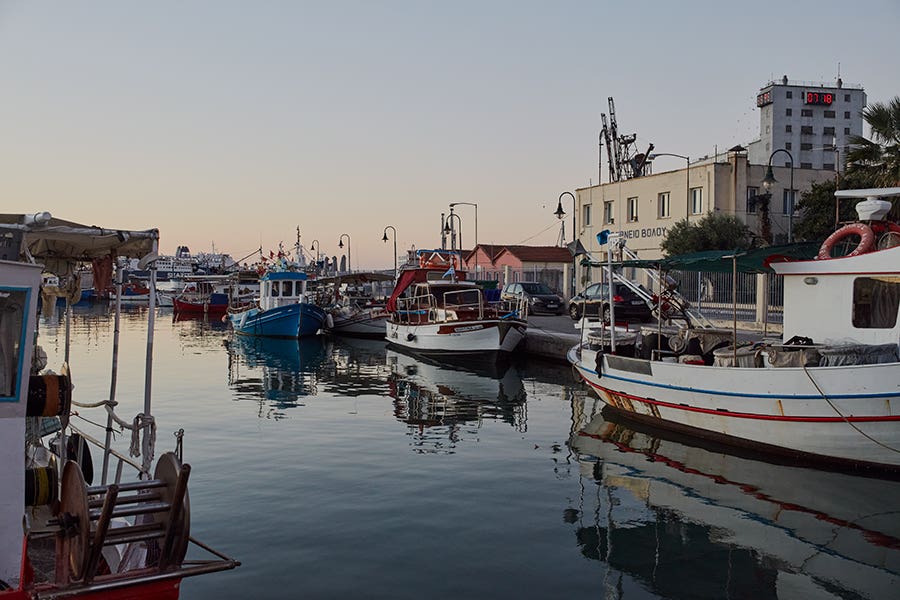
The next day, we visit Tsipouradiko Nikos and Gianna, a short walk from the docks where Volos fishers sell seafood straight from their boats each morning. It was 1:15 p.m., an early lunch by Greek standards, but we still had to wait. “This is the best one,” a Greek woman next to me in line says conspiratorially.
We eventually settle into a table and order two glasses of house tsipouro with anise, the transparent liquid turning milky white as the ice melts. It’s a raucous scene incongruent with the serene mulberry-lined courtyard. Hands shoot up at regular intervals with shouted requests for more tsipouro. Couples, young and old, and families, big and small, cram in alongside crowded all-male groups. The waitstaff snake through the tables, leaving dishes in their wake. Everything here is made à la minute—they don’t even have an oven. When I ask owner Gianna Xantinidou if she might share a recipe, she replies, “We don’t have recipes. You can have grilled or fried.”
Though her husband, Nikos Mastrogianni, cooks, Xantinidou is clearly running the show. Dressed in all black with aviators, she navigates the frenetic space with two bottles under her arms and a ruthless efficiency, like a Greek Linda Hamilton in Terminator 2. Diners work their way through dozens of mezes: charred octopus over a bed of wild greens called kritama, or sea fennel; charcoal-grilled fish liver, tender and bursting with briny richness. Some diners have dietary restrictions, some an aversion to or fondness for mussels, some are in need of another round—Xantinidou tends to them all without a single wasted movement.
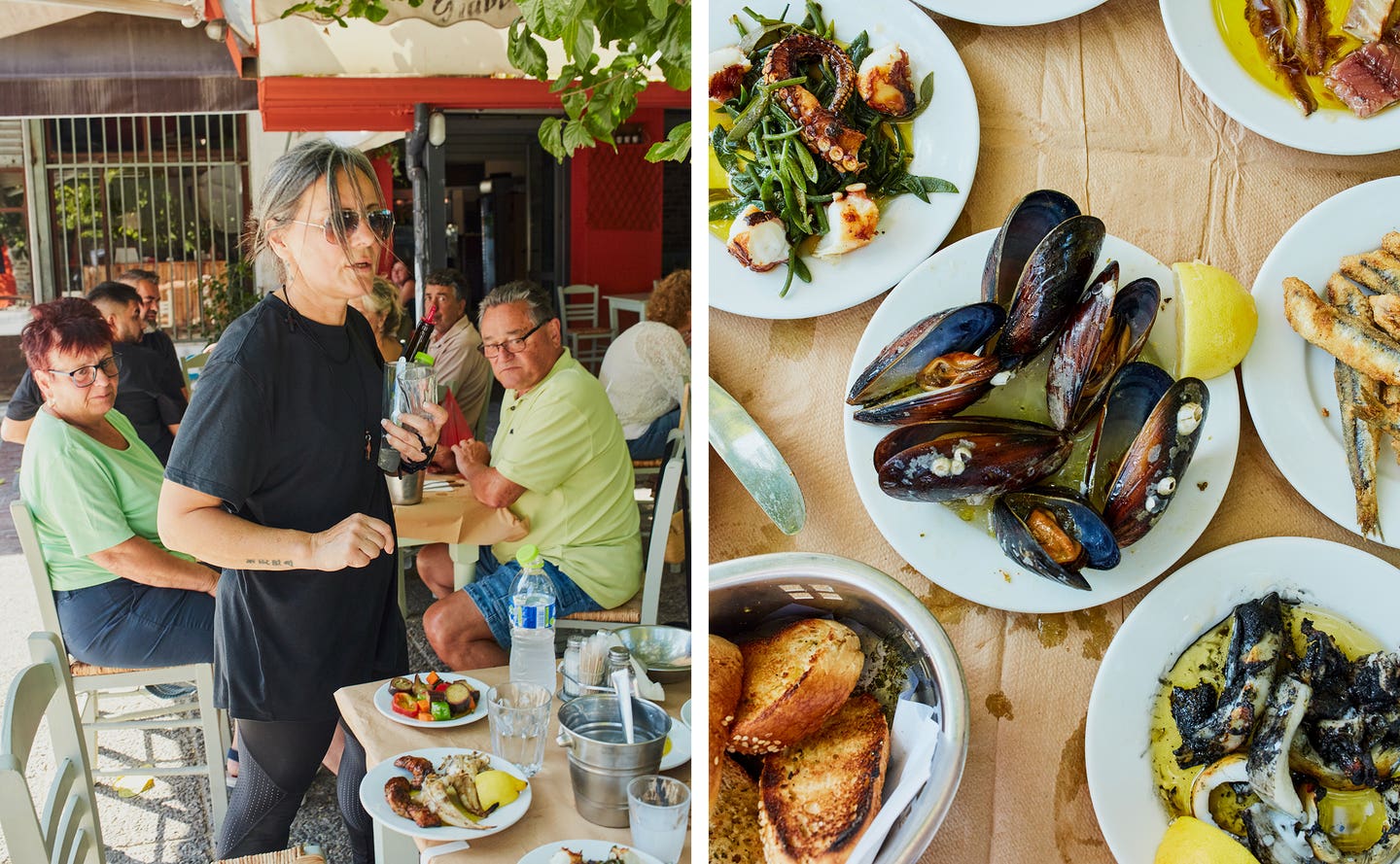
There is endless room for creativity and variation in Volos’ roughly 300 tsipouradika. In the 1980s, around the time the University of Thessaly opened here, tsipouradika evolved from establishments that exclusively facilitated male day drinking to something more akin to modern restaurants. This transformation brought new demands and opportunities. Most locations expanded their menus with substantial à la carte offerings, and some began opening for dinner to accommodate the women and families who dine there today.
Flokos, opened in 2016 by Dimitris Petrou, adopts a fusion approach. Following his studies in Thessaloniki, Petrou cooked in French, Italian, and Japanese restaurants, and his mezes include tuna tartare and shrimp tempura alongside dishes that honor the town’s past, such as pickled tsitsiravla (wild pistachio greens), kritama, and other ingredients adopted into the local diet by necessity, transformed by adversity into delicacies.
Ta Filarakia, on the other hand, blends tsipouradiko fare with Greek taverna staples. Steamed mussels and simple grilled fish share the table with a seafood orzo, or kritharoto (prepared like Italian risotto), as well as blocks of sesame-studded feta, breaded, fried, and drizzled with honey. Started in 2013 by Dimitris Chantziplakis and his wife, Stella, the hallmark of Ta Filarakia, literally “The Friends,” is its warm and attentive service.
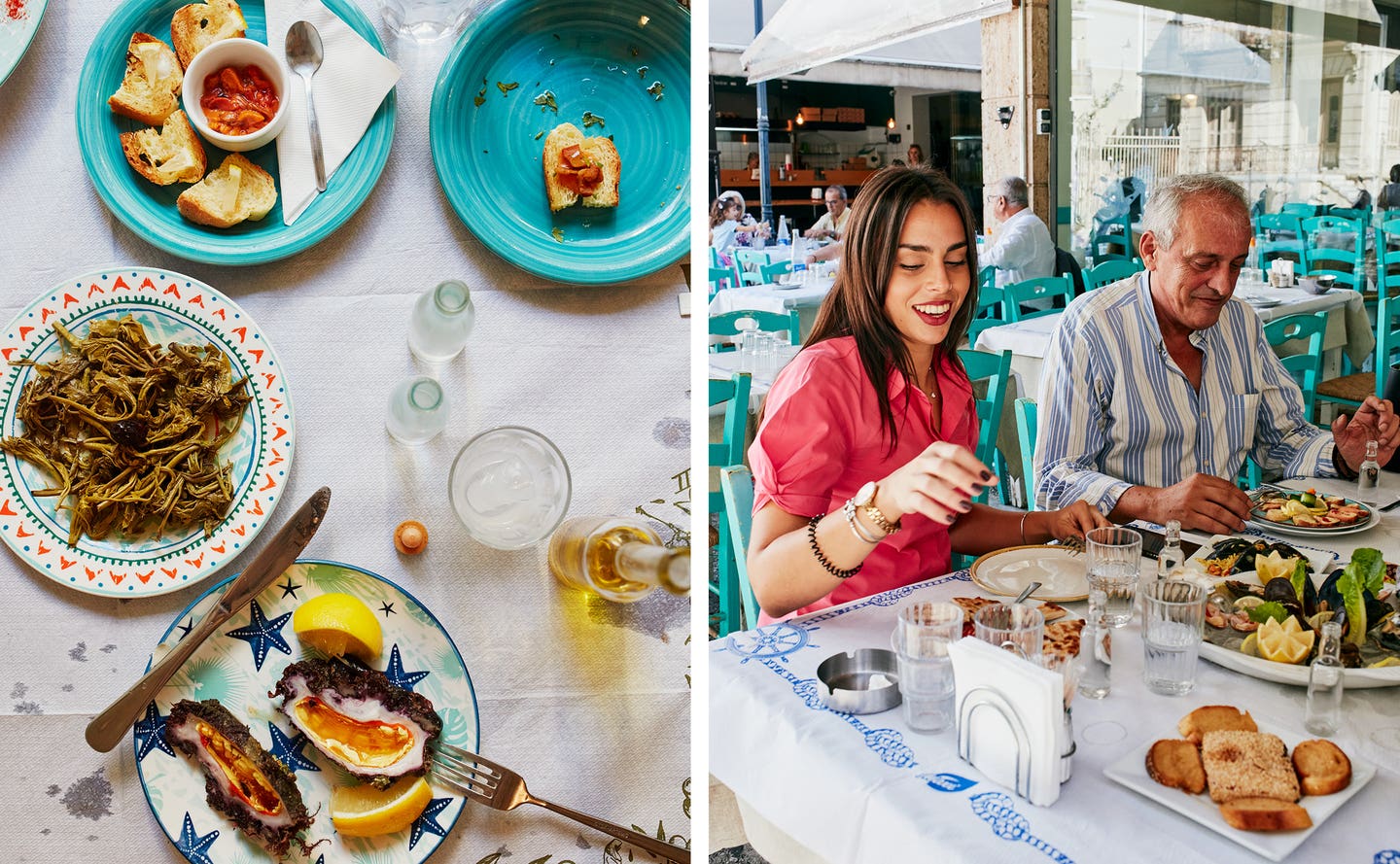
And just down the road is the paradox that is Mezen. Known throughout Greece as a culinary destination, it’s one of the least traditional tsipouradika in town: Its offerings are unapologetically modern, neither of its founders is from Volos, and in the high season, roughly half its patrons are tourists. Yet there may be no better entry point to the local culture. Luxury hotel manager Andreas Diakodimitris and executive chef Greg Chelmis both lost their jobs following Greece’s 2009 debt crisis. In 2013, they turned their talents to opening a more contemporary tsipouradiko.
The house tsipouro at Mezen, produced by Kardasi of Tyrnavos, is aromatic and expressive, but the rest of their wide-reaching bottle selection is worth sampling, too. We taste tsipouro and other spirits from throughout the country—floral and funky, full-bodied and delicate. Many visitors, especially foreigners, are reluctant to drink several consecutive glasses of high-proof spirits. But Chelmis and Diakodimitris see a direct throughline from ancient Greek symposia to the tsipouradiko, where the goal is not overindulgence but rather transcendence through balance of food, drink, and good conversation. “You don’t come here to eat,” Chelmis emphasizes. “You come here to drink.”
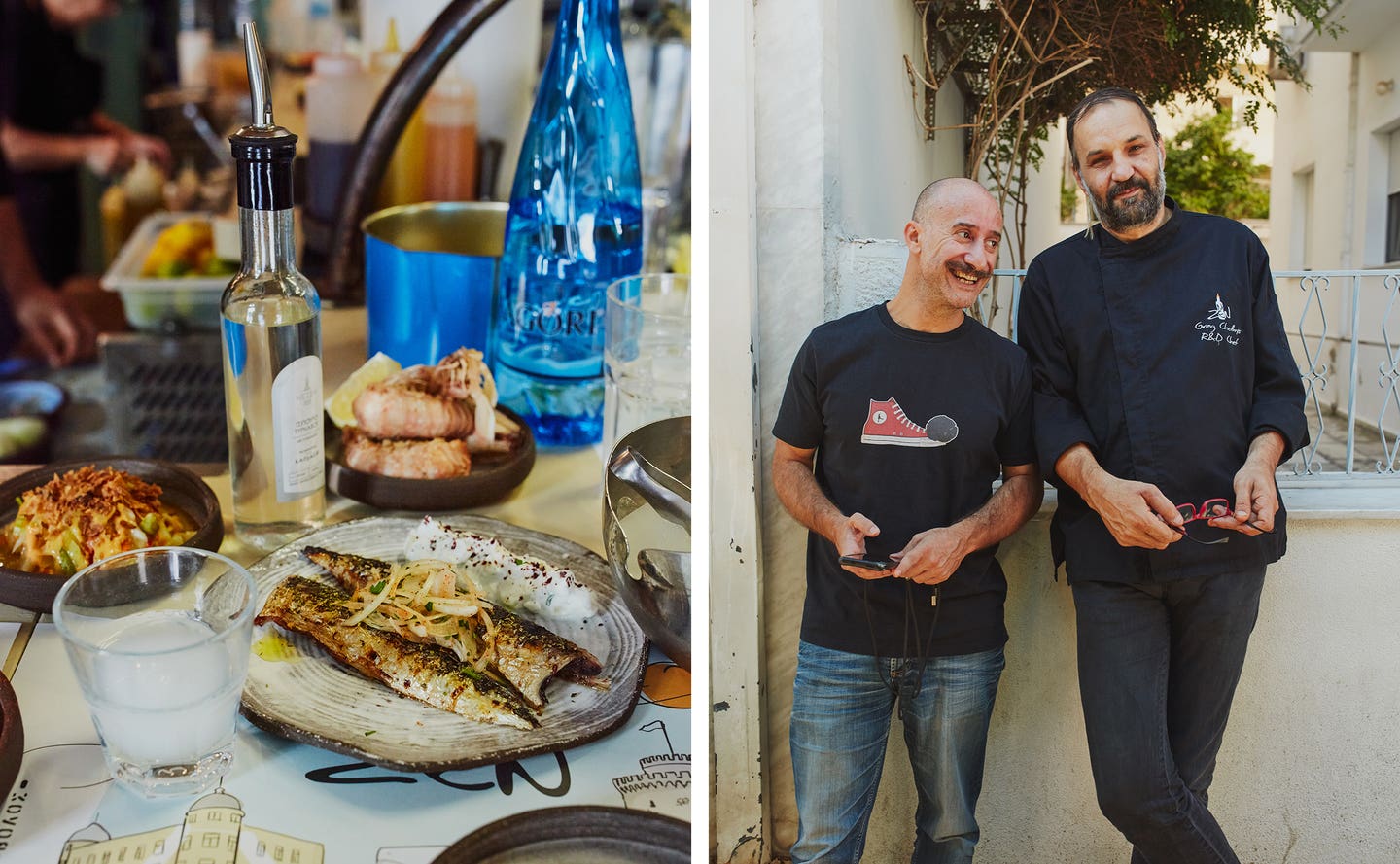
Every one of his 70-odd dishes is intended to complement drink, not the other way around. And while spontaneity is expected, Chelmis notes that randomness should not be mistaken for chaos: A typical meal always starts with something salty and sour, for example, smoked mackerel and pickled vegetables—umami bombs to slow down the eating while exciting one’s thirst. More substantial dishes follow, usually grilled or fried fish, octopus, or shellfish. Then something spreadable like puréed favas, fish roe, or kopanisti, the spicy cheese dip inspired by the sharp, funky Cycladic cheese of the same name. Those mid-courses are often punctuated by grilled potatoes with blue cheese and tomato, a starch to bind the previous rounds. And if you’ve lasted this long and the tsipouro is still flowing, that’s when you can expect rarer delicacies like crab or oysters to arrive.
When you signal (intentionally or otherwise) that you are winding down, the restaurant brings a closing dish, likely the only land mammal you’ll encounter: a sausage from Mount Pelion, perhaps, or, more commonly, pastourma (a spiced, cured, air-dried meat—and another Anatolian import) with fried eggs and cold beer. This may seem like an unreasonably heavy conclusion, but tsipouradika are traditionally daytime spots, so folks need those fatty foods to absorb the alcohol and ready them for returning to work.
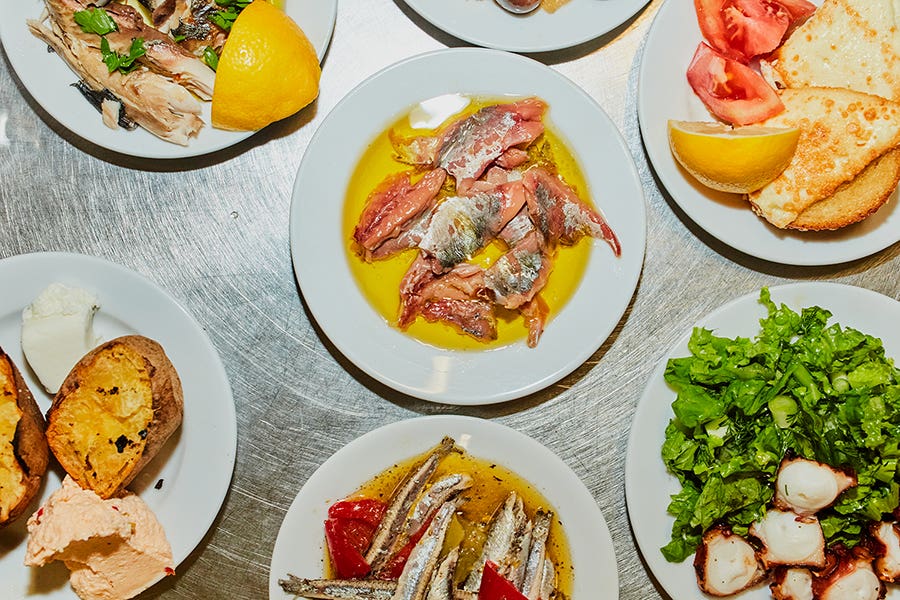
At O Kavouras, the oldest traditional tsipouradiko in the city, I meet Alexandros Psychoulis, author of Drinking Tsipouro in Volos: A Manual. His book is a brief, hilarious, vibes-forward introduction for outsiders and is concerned less with the history of the drink and more with the perfect atmospheric conditions for enjoying it. It turns out, O Kavouras meets most of them.
Inside, the tavern seems frozen in time. Mirrors are emblazoned with advertisements for long-defunct businesses. An old safe that once contained drunken sailors’ valuables sits in the back corner. Named “The Crab” after the sailor who opened it in 1959, the tsipouradiko passed to his nephew, Alexandros Alexandrou, in 1989, who then sold it to Odysseas “Sakis” Papoulias in 2022, a self-proclaimed regular since he was 15 years old. Alexandrou still drops in most days—a photo of him and Papoulias, now 34, hangs next to the kitchen—and the operation hasn’t missed a beat.
“The only secret is that we wake up at five o’clock in the morning and go to the market,” Papoulias says. “We only buy fresh. We don’t see the people who come here as customers. We see them as guests in our home.”
Everything at O Kavouras, down to the smallest detail, demonstrates a rigid adherence to tradition. The chairs are arranged facing outward, not toward each other, like the original tsipouradika. This, Psychoulis notes, prevents direct confrontation and the type of serious conversation likely to derail a jovial drinking session. The napkins are wax paper, usefully doubling as plates. And most importantly, perhaps, is that there are no menus to be seen. There is only one thing you can order: tsipouro, with or without. As Psychoulis writes in his book: “[Tsipouradika] are not businesses, they are loci of compassion.” No thinking is required, just succumbing to the kindness of Greeks bearing gifts.
Recipes

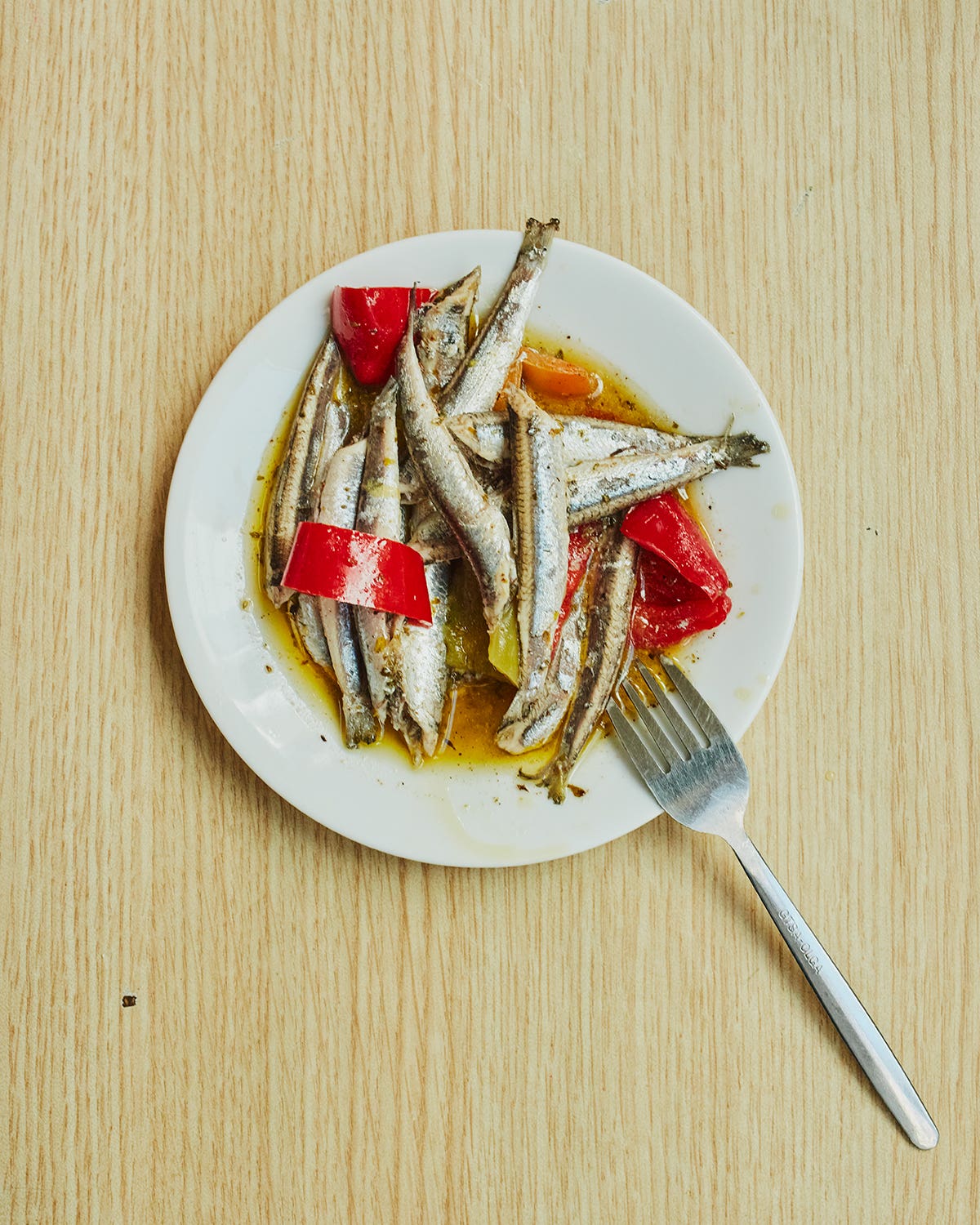
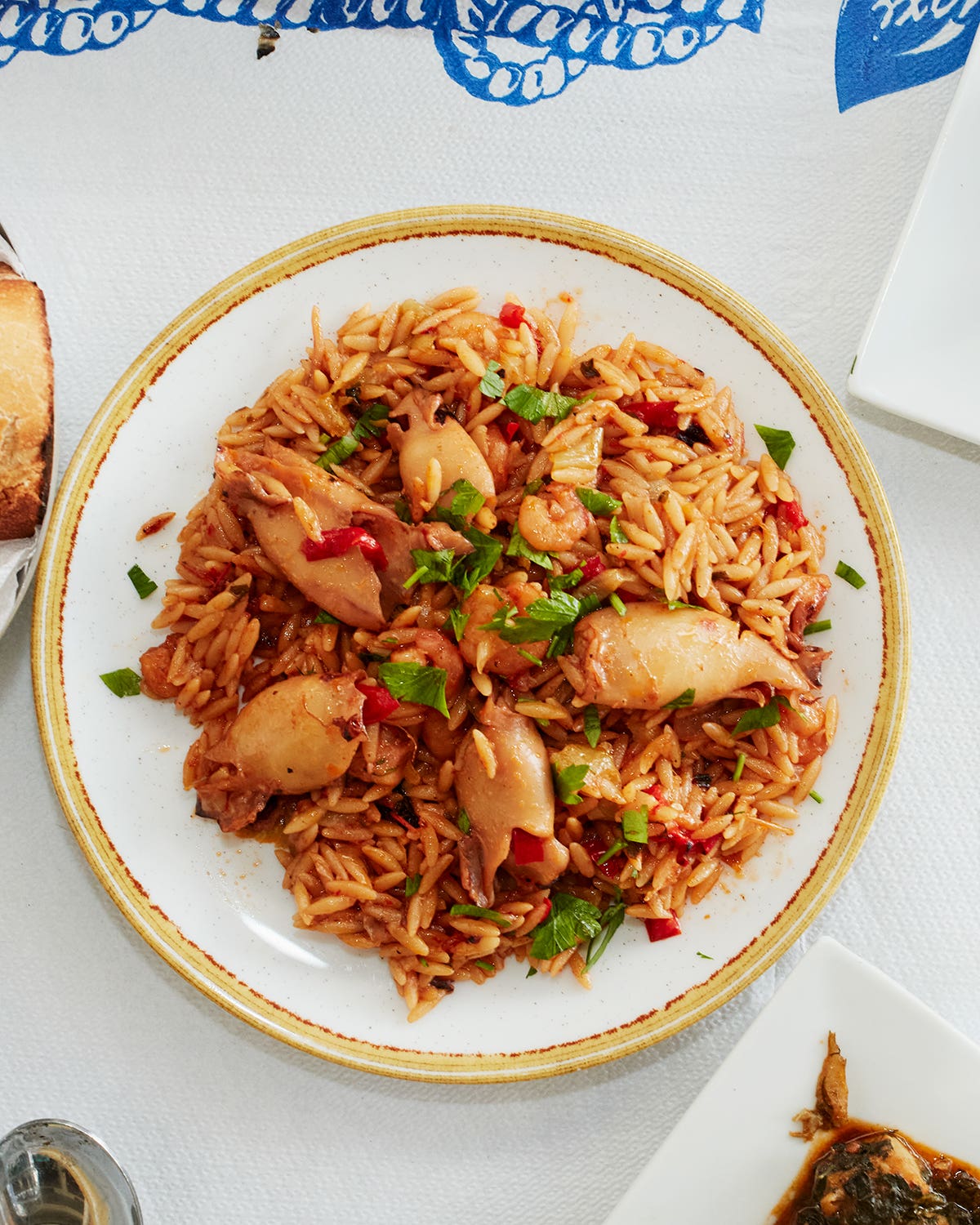
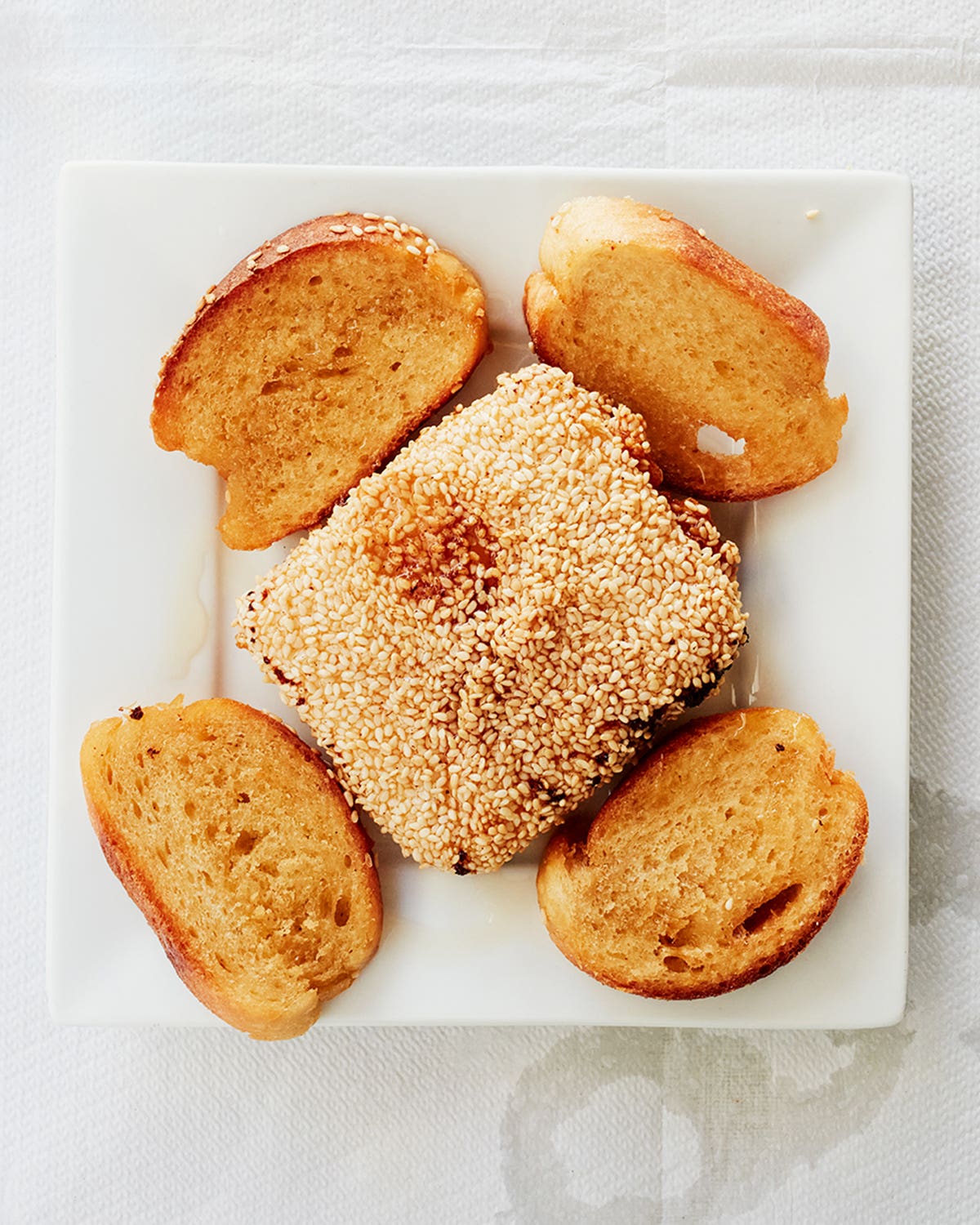

Keep Reading
Continue to Next Story
